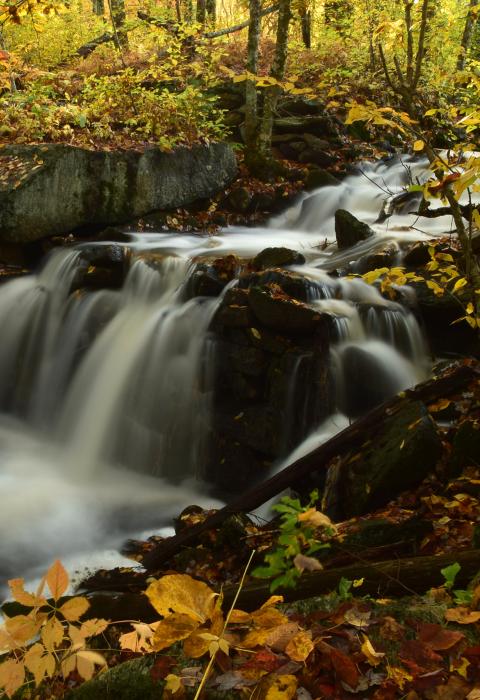Most of Rhode Island’s streams, ponds, and lakes drain into three major rivers—the Blackstone, the Pawtuxet, and the Pawcatuck. The Blackstone and Pawtuxet Rivers flow into Narragansett Bay, while the Pawcatuck River flows into Little Narragansett Bay and then on to the Atlantic Ocean. Historically, the Blackstone, the Pawtuxet, and the Pawcatuck Rivers were epicenters for Rhode Island’s water-powered mills; however, they eventually fell out of use as power sources shifted and industry changed. Rhode Island’s industrial river legacy remains a focal point in its history, as evidenced in its cities and towns—such as Hopkins Mill in Foster—and at federally recognized historical sites—such as Slater Mill in Pawtucket as part of the Blackstone River Valley Natural Heritage Corridor.
However, the benefits of the state’s rivers are not all found in business history and industry; the big three rivers also provide channels for rainwater to flow to the coasts, habitat for fish and wildlife, and recreational opportunities such as fishing and paddling. The connection they provide between inland areas and the ocean is important to both ecosystems.
Rhode Island has approximately 1,392 miles of river, of which 110 miles are designated wild and scenic rivers; less than 8% of the state’s river miles.


